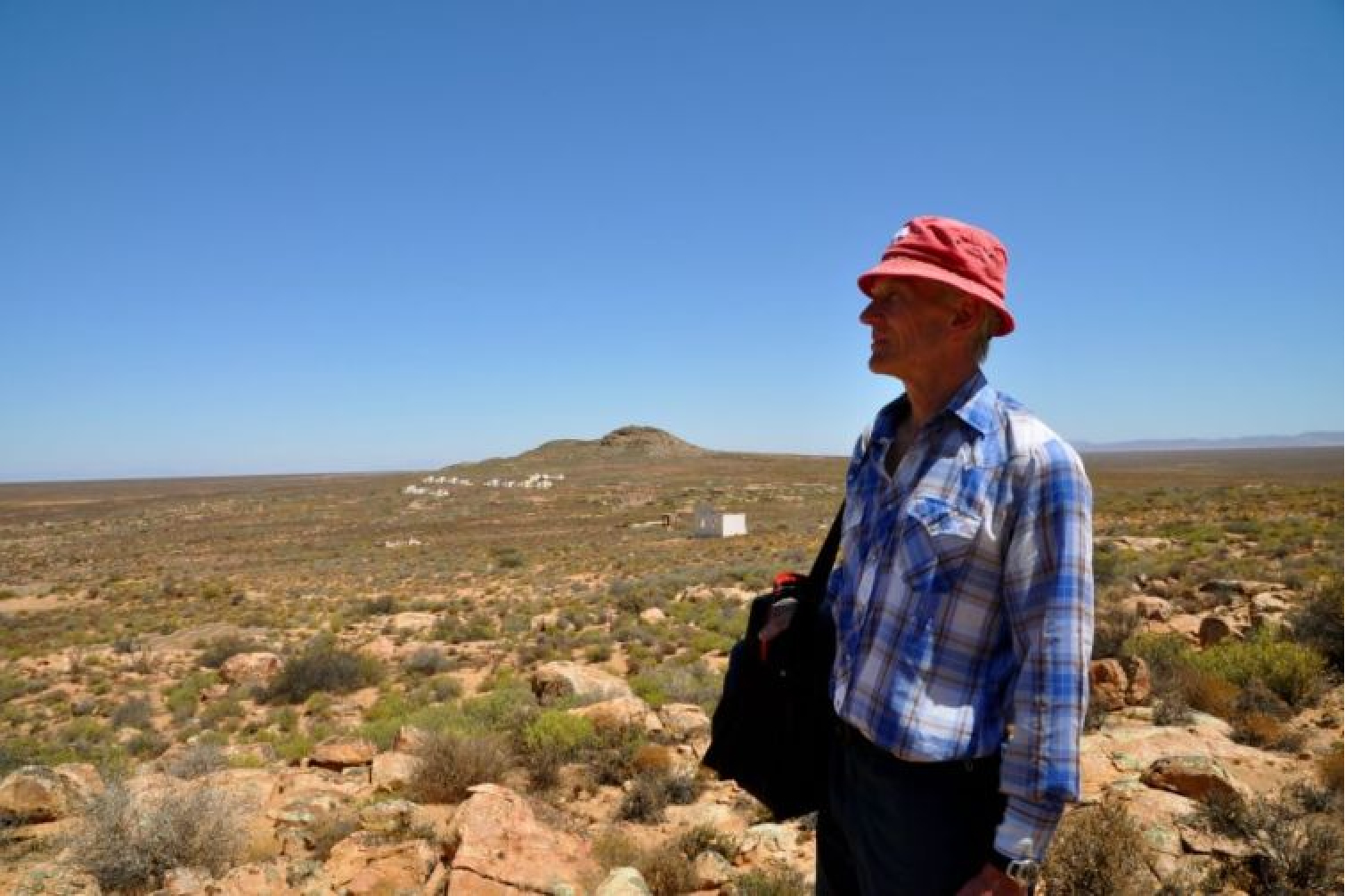Why safe nuclear will rely on rare earth minerals


As SmartPlanet has reported, one way to make nuclear power safer would be to replace uranium fuel with a different element, thorium.
For a quick review: Compared to uranium, thorium produces little dangerous, weapons-grade waste. And thorium's waste survives for only a few hundred years, not the 10s of thousands or even millions of years for uranium. Thus, it dramatically reduces the weapons-proliferation threat associated with nuclear power as we know it.
So, you might wonder, "where can I get some?"
Glad you asked! The story of thorium is, compellingly, tied into another story of our times: Rare earth minerals.
Rare earths, we all know, are used across a swath of products key to daily living - wind turbines, iPods, cellphones, catalytic converters, fuel cells, flat panel TVs, rechargeable batteries, magnets, radar equipment, you name it. Despite their name, rare earth minerals are common. But mining them and extracting the useful stuff is tricky and potentially ecologically hazardous. Today, China rules the world in rare earths, in part because it historically has turned a blind eye to the environmental risks.
Fed up with Chinese control, many countries are ramping up their own rare earth mining operations. That's good news for anyone looking for thorium, because guess where thorium resides?
Answer: It typically occurs in monazite, a mineral that contains 15 different rare earth elements. Companies that mine monazite for rare earths end up with thorium as a byproduct. At the moment this is a burden - there's little they can do with the thorium, yet regulators force them to spend money to keep it safely tucked away because it's radioactive, albeit low level radiation.
Thus, forward thinking companies are beginning to tie together commercial opportunities in rare earths and prospective thorium nuclear. I spoke with many of their CEOs for my recent report Emerging Nuclear Innovations - Picking global winners in a race to reinvent nuclear energy, published by Kachan & Co. To name a few, Cape Town-based Rare Earth Extraction Co. (RARECO) plans to open a South African monazite mine for thorium and rare earths in 2013. And Vancouver's Thorium One is trying to arrange "off take" agreements with mining companies like Australia's Lynas Corp., in which Thorium One would find a buyer for thorium byproduct.
In fact, plenty of mined thorium already exists. French chemicals company Rhodia is believed to be holding a substantial stockpile.
Like rare earth minerals, thorium is not rare. It exists in ample quantities on most continents. India possesses a particularly abundant supply.
Thorium does not always coincide with rare earths, but its common occurrence within rare earth-rich monazite will give that much more impetus to countries outside of China to gear up their own rare earth mining industry.
After all, does any country that's charting out a safe, thorium nuclear future really want to rely on China for the fuel? Besides, China will probably have plenty of its own thorium reactors to feed, as it leads the world in developing unconventional nuclear.
Photo: Rare Earth Extraction Co.
More nuclear future on SmartPlanet:
- Meet the future of nuclear power: 8 guys in China
- How nuclear will make oil greener
- Documentary: How we missed out on a "limitless" supply of an exotic nuclear power
- The new face of safe nuclear
And elsewhere:
This post was originally published on Smartplanet.com